Stepping into Washington DC is like stepping into a living history book. As you stroll down tree-lined avenues, past iconic monuments, and through vibrant neighborhoods, you can almost feel the pulse of the nation itself. But beyond the well-trodden tourist paths, there’s a Washington DC that locals know and cherish—a city of hidden courtyards, bustling markets, lively cafes, and streets full of stories waiting to be discovered. This Washington DC Travel Guide is designed to help you explore the capital not just as a visitor but as someone who truly experiences its rhythm, its flavors, and its character. By the end of this journey, you’ll see Washington DC through the eyes of a local, creating memories far beyond the typical sightseeing checklist.
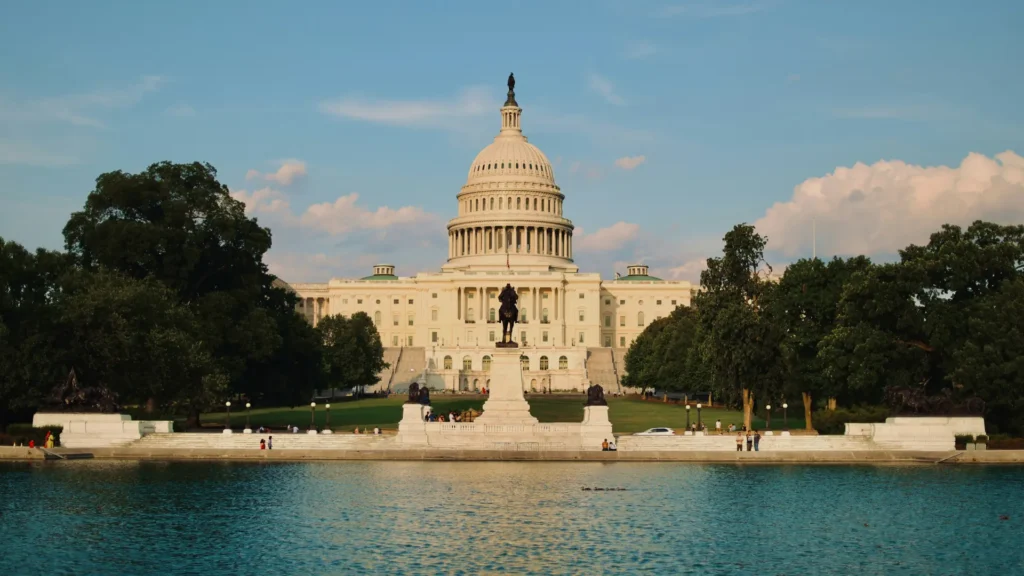
Table of Contents
Planning Your Washington DC Trip
Best Time to Visit Washington DC
Timing your trip can transform your experience. While the city is alive year-round, each season brings its own charm:
- Spring (March–April): Marvel at the cherry blossoms, take part in outdoor festivals, and enjoy mild weather.
- Summer (June–August): Warm, energetic, and bustling with tourists—perfect for outdoor concerts and National Mall activities.
- Fall (September–November): Crisp air and colorful foliage make walking tours and museum visits particularly enjoyable.
- Winter (December–February): Fewer crowds and cozy indoor attractions, though temperatures can dip significantly.
Here’s a seasonal overview to help you plan:
| Season | Average Temperature | Crowds | Recommended Activities | Package Price Range |
|---|---|---|---|---|
| Spring | 55–70°F | High | Cherry Blossoms, Outdoor Museums | $200–$400/day |
| Summer | 70–90°F | Very High | National Mall, Festivals | $250–$450/day |
| Fall | 50–75°F | Moderate | Walking Tours, Museums | $180–$350/day |
| Winter | 30–50°F | Low | Indoor Attractions, Museums | $150–$300/day |
Choosing the right time ensures your experience matches your expectations, whether you’re after serene walks or vibrant street life.
How to Get There
Getting to Washington DC is straightforward:
- Airports: Ronald Reagan Washington National Airport (DCA), Dulles International (IAD), and Baltimore/Washington International Thurgood Marshall Airport (BWI).
- Train: Amtrak service at Union Station provides easy access from major East Coast cities.
- Bus: Greyhound and Megabus operate frequent routes from nearby cities.
Travel Tip: Compare fares between flights, trains, and buses to find the best combination of convenience and cost.
Where to Stay in Washington DC
Choosing the right neighborhood can dramatically impact your experience. Here’s a quick guide:
| Neighborhood | Average Hotel Price | Pros | Cons |
|---|---|---|---|
| Downtown / National Mall | $250–$400/night | Central, tourist-friendly | Crowded |
| Georgetown | $200–$350/night | Charming, historic vibe | Less central |
| Dupont Circle | $180–$300/night | Trendy, lively nightlife | Noise |
- Downtown / National Mall: Ideal if you want to be close to monuments, museums, and government landmarks.
- Georgetown: Offers cobblestone streets, boutique shops, and waterfront dining—perfect for a quieter, upscale experience.
- Dupont Circle: Known for eclectic restaurants, bars, and vibrant nightlife; a local favorite for its energy and convenience.
Exploring Washington DC Like a Local
Must-Visit Monuments and Museums
The city’s landmarks are iconic for a reason:
- National Mall Highlights:
- Lincoln Memorial: Perfect for sunrise or sunset views.
- Washington Monument: Offers panoramic city vistas from the top.
- World War II Memorial: A solemn and beautifully designed tribute.
- Smithsonian Museums: Admission is free, making it easy to explore:
- Air & Space Museum: See historic aircraft and space artifacts.
- Natural History Museum: Dinosaur skeletons and gemstone exhibits await.
- American History Museum: Discover artifacts that shaped the nation.
Pro Tip: Arrive early to avoid crowds, and consider weekday visits for a more intimate experience.
Hidden Gems and Neighborhood Favorites
To truly feel like a local, venture beyond the National Mall:
- Eastern Market: Farmers, food vendors, and artisans create a vibrant community hub.
- The Wharf: Waterfront dining, live music, and seasonal events.
- U Street Corridor: Jazz clubs, historic murals, and eclectic cafes—an area rich in DC culture.
Suggested walking route: Start at Eastern Market, stroll through Capitol Hill, cross over to The Wharf, and finish with dinner on U Street.
Food and Dining Like a Local
Food is central to understanding DC’s culture. Here’s what you shouldn’t miss:
- Local Specialties: Half-smokes, Maryland crab cakes, mumbo sauce, and international flavors reflecting the city’s diversity.
- Insider Tips: Avoid tourist-heavy chains; instead, explore family-owned eateries, food trucks, and local markets.
- Food Tours: Consider a guided food tour to sample hidden culinary gems.
Local Experiences and Activities
- Rent a bike or e-scooter to explore the National Mall and surrounding neighborhoods.
- Attend live music events, outdoor festivals, or local theater performances.
- Take day trips to nearby attractions like Mount Vernon, Annapolis, or Shenandoah National Park for a break from city life.
Transportation and Getting Around
Navigating the city efficiently ensures you spend more time exploring:
| Mode | Average Cost | Coverage | Convenience |
|---|---|---|---|
| Metro | $2–$6 per ride | City + suburbs | Moderate |
| Bus | $2 per ride | Citywide | High |
| Taxi / Ride-share | $10–$25 | Anywhere | High |
| Walking / Biking | Free / $8/day (bike share) | City center | Best for short distances |
Pro Tips:
- The Metro is efficient, especially for tourists visiting museums and monuments.
- Walking provides the best way to absorb the city’s architecture and vibe.
- Bike-sharing programs are a fun, active way to see local neighborhoods.
Budgeting Your Trip
Washington DC offers options for all budgets:
| Budget Level | Daily Cost | Accommodation | Food | Activities |
|---|---|---|---|---|
| Budget | $100–$150 | Hostel / Airbnb | Fast casual | Free museums |
| Mid-range | $200–$300 | 3-star hotel | Mix | National Mall, guided tours |
| Luxury | $400+ | 4–5 star | Fine dining | Private tours, special events |
Money-Saving Tips:
- Utilize free museum admissions.
- Walk or bike instead of using taxis frequently.
- Purchase city passes for bundled attractions.
Tips for a Smooth Washington DC Visit
- Safety: Stick to well-lit areas at night; monitor local news for events.
- Apps: Google Maps, Metro Trip Planner, and local dining apps help navigate efficiently.
- Accessibility: Most major attractions are wheelchair-friendly, and family-friendly amenities are widely available.
Conclusion:
Exploring Washington DC like a local is about more than ticking off landmarks—it’s about immersing yourself in the rhythm of the city, savoring its flavors, and discovering hidden gems that make the capital so dynamic. From walking cobblestone streets in Georgetown to exploring the National Mall at sunrise, your journey will be filled with memorable experiences that go beyond the ordinary.
FAQ : Washington DC Travel Guide
What is the best time to visit Washington DC?
Spring for cherry blossoms or fall for foliage. Summer is lively but crowded, and winter offers low-cost travel with fewer crowds.
How many days should I spend in Washington DC?
Ideally, 3–5 days to cover major monuments, museums, and local neighborhoods at a relaxed pace.
Are the Smithsonian museums free?
Yes! All Smithsonian museums offer free entry year-round.
What neighborhoods are best for tourists?
Downtown, Georgetown, and Dupont Circle offer a mix of convenience, culture, and local charm.
How can I get around the city efficiently?
Use the Metro, buses, walking, and bike-sharing programs for seamless travel.
Are there local events or festivals worth attending?
Yes! Cherry Blossom Festival, Jazz in the Garden, and outdoor music or cultural festivals are seasonal highlights.


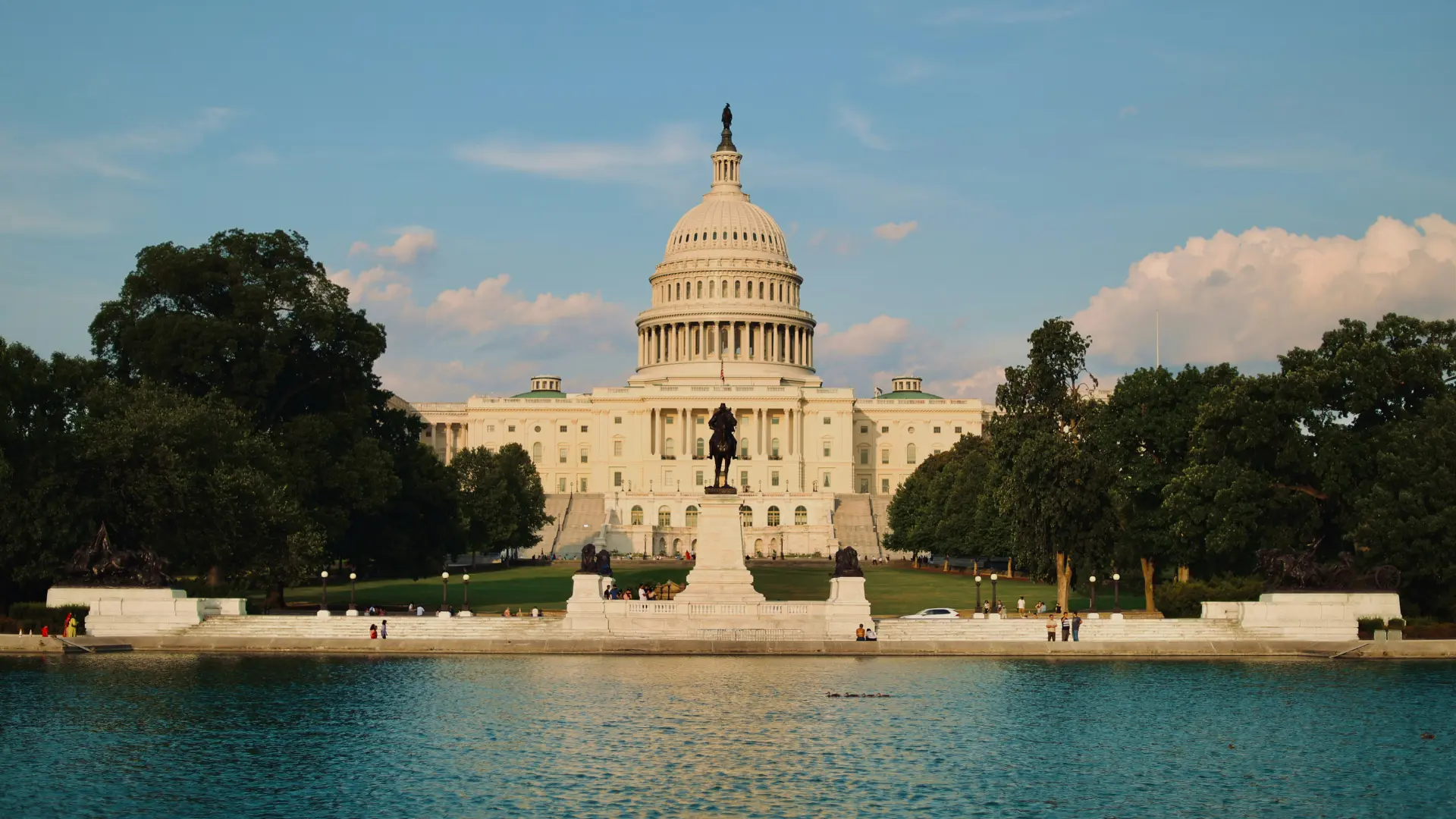

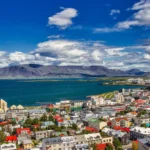
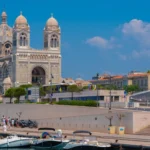
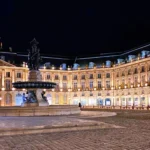
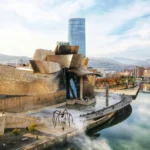
Leave a Reply